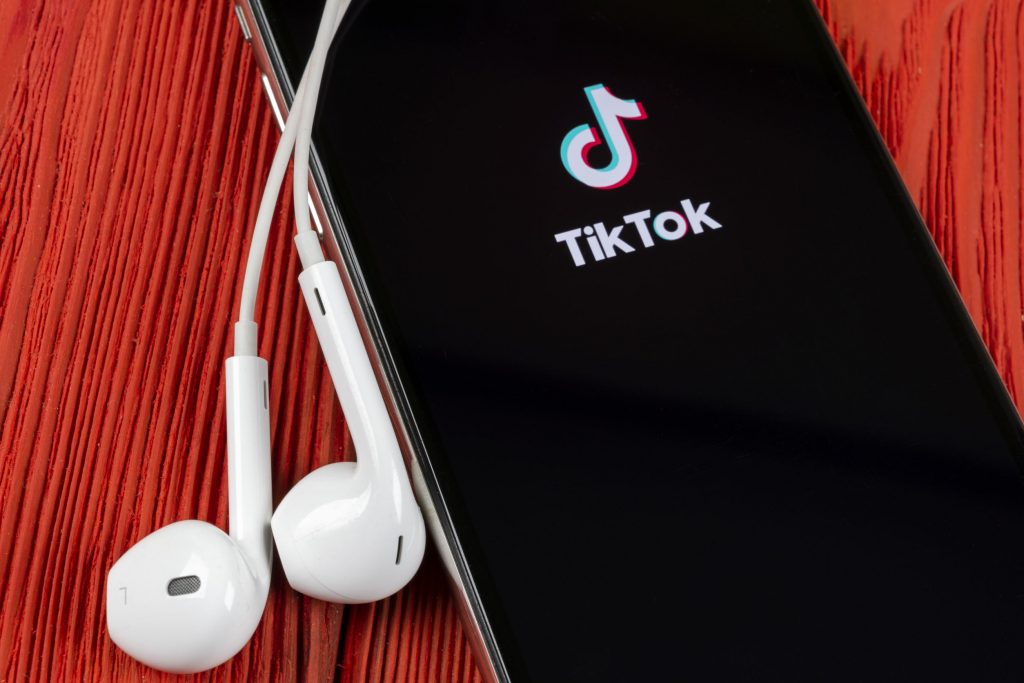Disney’s latest exec firing, venting about work on TikTok and more
Check out why engagement and well-being are related and how you can help leaders speak out on social issues.

Hi there, comms connoisseurs.
Let’s explore some notable stories from June 13-17, 2022 — and pull out a few timely, tactical takeaways along the way:
1. Disney’s latest firing tanks employee morale
Fortune reports that The Walt Disney Company last week fired the head of its TV division, Peter Rice, “for being an ill fit with its corporate culture.”
While Fortune’s piece says the Disney board was aligned with the decision, The Hollywood Reporter’s Kim Masters writes that one exec said “Chapek just made another massive mistake.”
Plus, “…a Disney insider claimed, ‘It’s not good for the company. Morale is terrible.’”
From Fortune:
Many executives are shocked at the way Rice was fired. According to one high-level executive at a Disney competitor, “At Disney, at that level, you don’t treat [an executive] that way. You give him a production deal, you give him a cover story, you give him a party, you walk them out the door. If you have to execute someone, there are ways to do it. It’s the lack of touch. It’s like this guy [Chapek] doesn’t know how things are done in our town.”
And from THR:
Another adds: “I wonder if Chapek has even been aware that Rice held Zoom town halls and Q&As throughout the pandemic that really made him a presence in the lives of us rank-and-file schlubs.”
It seems that Disney employees are distraught not only by the way Rice was let go, but also by the hole his firing will leave in the company’s employee engagement strategy. For a company that has had its fair share of proverbial fisticuffs with employees (read: workers’ backlash against Chapek’s handling of the “Don’t Say Gay” situation), it’s important to enact policies that rebuild trust and satisfaction — not the opposite.
It’s a good reminder that executive-level decisions, even those that relate to C-suite personnel moves, should be made with consideration for every employee.
2. The relationship between employee engagement and well-being
A new study from Gallup supports the idea that employee engagement and well-being are intrinsically and crucially related.
Gallup’s 2022 State of the Global Workplace report shows that when employees are engaged at work and thriving in their personal lives, “they experience significantly less stress, anger and health problems.”
Unfortunately, however, just 9% of employees globally are both engaged and thriving, while a whopping 57% are neither engaged nor thriving.
“Overall wellbeing influences life at work,” the report reads. “Employees who are engaged at work but not thriving have a 61% higher likelihood of ongoing burnout than those who are engaged and thriving.”
Gallup’s data is supported by a 2013 study from researchers from the University of Louisville and Florida International University who found a positive correlation between high employee engagement and employee well-being.
READ MORE: Tech stacks: What companies are using to encourage employee engagement and wellness
Gallup suggests that employers think holistically about the well-being and engagement of their employees, which could include adding well-being measurements to their executive comms dashboards.
“When leaders take responsibility for the wellbeing of their workers, the result is not only productive organizations, but thriving individuals, families and communities,” the report reads.
3. Venting about work on TikTok: how it could boost employee engagement
If you’re on TikTok, you’ve likely seen the videos: People stationed at their work-from-home desks, sipping iced coffee and complaining about their bosses. It’s mostly innocuous and kind of fun, connecting remote and in-office workers who might miss grousing about their jobs around the water cooler or in the break room.
TikTok influencer Corporate Natalie regularly posts fictional (?) accounts of working in the corporate world, complaining about over-zealous bosses, stingy PTO policies and other work-related drags.
@corporatenatalie Poor Claire can’t win😔 #corporate #intern #wfh #presentation
There are many “corporate” influencers out there — many of whom built their followings by poking fun at their actual employers.
While many of these videos are satirical, the grousing that appears on #worktok often doubles as sincere dialogue that can offer other users support or career advice.
For example, in one of [recruiter Samy Jones’] viral videos, she leans on her years of experience as a recruiter to offer ‘red flags’ in job interviews so that her viewers can avoid a toxic work environment: “700 interview steps?” she says in one video. “Red flag.” Not only can she vent about the problematic aspects of her own industry, but she also uses that opportunity to offer tangible advice to others.
Communicators could take a page out of these creators’ books when it comes to engaging corporate audiences. This is proof that short-form video works for engaging employees — it’s just about figuring out how to best use it.
Try creating some innocent, pokey videos that address common (non-offensive) gripes about your workplace. Maybe the fridge is constantly breaking, or there’s one employee who (jovially) can’t figure out how to correctly share their screen. Keep it light, keep it funny and make sure you’re not offending or singling anyone out, and your intranet could become the go-to place for corporate-related humor.
4. HR leaders don’t want to speak out on Roe v. Wade
A recent survey from HR consultancy Gartner suggests that, despite evidence that employees want the opposite, most HR leaders and company execs are hesitant to take a stand on the issue of abortion rights and the landmark Roe v. Wade case.
From HR Brew:
Only 8% of “HR leaders and executives felt either significantly or somewhat compelled to respond to speculations of SCOTUS planning to overturn Roe v. Wade.” More than half of respondents were unsure whether their organization would respond. And the majority of respondents (60%) said definitively that they wouldn’t offer new benefits supporting reproductive rights.
But research suggests that employees want their employers and higher-ups to speak out about issues like abortion. So how can communicators encourage leaders to take a stand when they’re hesitant to do so?
Comms pros can facilitate these discussions and statements through education and trainings. The more comfortable execs are with the subject matter, it’s likely they’ll be more inclined to address the social issues that are important to their workforces. Try conducting pulse surveys to find out which issues your employees are most concerned with, then hold C-suite lunch and learns and present the data to them. Data-driven evidence is always more likely to inspire action.
5. How about some good news?
This week, let’s draw inspiration from:
- NPR Life Kit’s guide on how to get a good night’s sleep
- A 101-year-old Dutch woman who was recently reunited with a painting stolen from her by the Nazis
- The resurging summer trend of men wearing short-shorts (it’s fun!)
- Ragan Training, which is an incredible resource for communication inspiration and education
- You also deserve an award. Get your due here!
Take good care of yourselves, comms champions, and keep up the good work.







